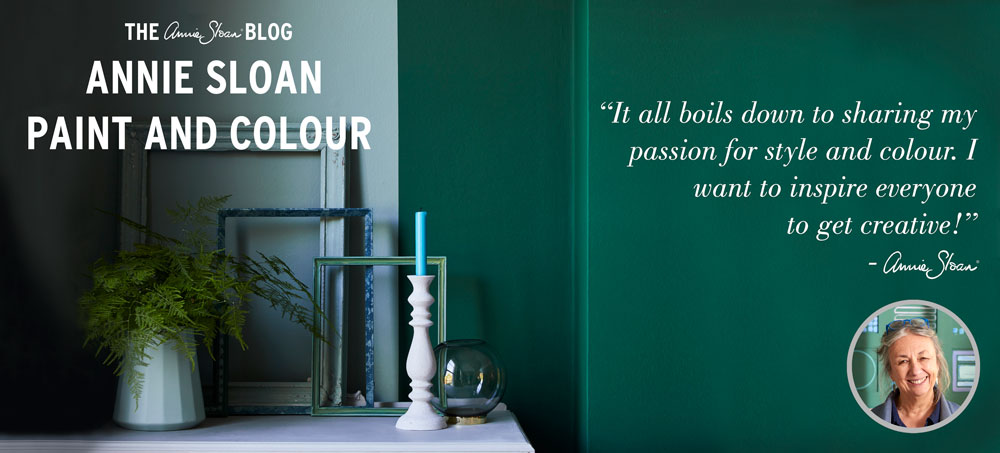It was Woolf (ensconced in Monk's House four miles away) who recommended Charleston to her painter sister Vanessa Bell and her painter husband Duncan Grant: “The house wants doing up – the wallpapers are awful. . .” Virginia wrote, and Vanessa and Duncan certainly set to task on the interior painting and stenciling as well as decorating the furniture they found in junk shops. So you might say that without Woolf (who became a frequent visitor) the Bloomsbury decorative style would never have graced Charleston!
A Room of One’s Own
 On a more personal note, as an art school student I read and loved Woolf’s essay A Room of One’s Own. It resonated with me during that time of women’s lib in the late ‘60s early ‘70s. It was a tremendously potent feminist text – how necessary it is for women to have their own room, their own space, just as men had their office or study. This was especially the case in the 1920s and '30s when such a space was virtually non-existent for women artists. In 1929 Woolf self-published the essay with her husband Leonard, as The Hogarth Press. (Right is the cover for the essay, designed by Bloomsbury artist Vanessa Bell.)
On a more personal note, as an art school student I read and loved Woolf’s essay A Room of One’s Own. It resonated with me during that time of women’s lib in the late ‘60s early ‘70s. It was a tremendously potent feminist text – how necessary it is for women to have their own room, their own space, just as men had their office or study. This was especially the case in the 1920s and '30s when such a space was virtually non-existent for women artists. In 1929 Woolf self-published the essay with her husband Leonard, as The Hogarth Press. (Right is the cover for the essay, designed by Bloomsbury artist Vanessa Bell.)Woolf was writing about creativity for women AND men. Her book “Orlando” – with its blurring of gender or saying that gender doesn’t ultimately matter – had a big impact on me too (there’s also a film version with the gorgeous, androgynous Tilda Swinton). I feel Woolf’s saying it’s important for all artists – male or female – to be able to do their own thing.
The image below is a glimpse in to my room of my own – my studio in Oxford, which I also call 'the Potting Shed'.
Woolf also liked to decorate to help her relax from the rigours of writing and was especially fond of a light green which is evident in many parts of her home.
As a secondary colour, green covers probably the largest range of any colour and I particularly love green on old furniture. As for walls, well Woolf's choice may not be that far off a touch of Antibes with Old White from the Chalk Paint® range. You could also add a little English Yellow to create a lime green.
In my studio in Oxford, although I haven't painted the walls green, you'll find I've actually painted the rafters in Chalk Paint®, using a Woolfish mix of Antibes and Old White. This quiet space that I call my own gives me the freedom to think and do and create, just as Woolf believed everyone should be able to.
Yours, Annie






















